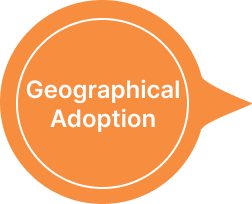Robotic Process Automation (RPA)
Overview of Robotic Process Automation (RPA):
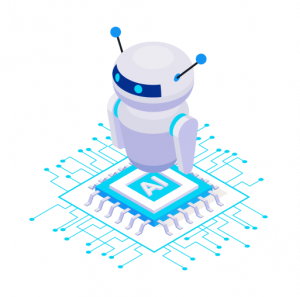
RPA Technology:
Benefits of RPA

Enhanced Operational Efficiency
RPA streamlines operational workflows by employing software robots to emulate human actions at the user interface level. These bots execute predefined rules and sequences, eliminating the variability inherent in manual execution. The underlying automation scripts are designed with meticulous precision, ensuring optimal resource utilization and minimizing latency. The net result is a quantifiable improvement in task throughput and a reduction in the time required for task completion.

Cost Optimization
RPA mitigates labor costs by automating routine tasks that would otherwise demand human intervention. The automation scripts are crafted to execute tasks with minimal resource utilization, contributing to significant operational cost savings. Additionally, the reduction in errors attributed to human factors diminishes the need for error resolution efforts and associated expenses. The financial impact extends beyond labor costs, encompassing error-related expenditures and resource reallocation.

Precision and Regulatory Compliance
RPA systems leverage structured automation scripts to interact with applications, ensuring a consistent and error-free execution of tasks. The precision achieved in data handling is particularly critical in industries governed by stringent regulatory frameworks. The audit trails maintained by RPA platforms capture every action performed by bots, providing a comprehensive record for compliance validation. This meticulous tracking enhances precision, reducing the risk of regulatory non-compliance.

Scalability and Flexibility
RPA's architecture is designed for scalability, accommodating fluctuations in task volume seamlessly. The modular nature of RPA implementation allows organizations to scale automation selectively, minimizing the need for extensive reconfiguration. The underlying infrastructure supports the deployment of additional bots to handle increased workloads efficiently. This scalability ensures that RPA systems remain agile and adaptable to evolving business requirements without introducing complexities or requiring extensive reengineering efforts.

Elevated Employee Job Satisfaction
RPA's role in liberating employees from repetitive tasks is rooted in its ability to automate rule-based processes. The user-friendly interfaces of RPA tools enable non-technical staff to actively participate in the automation of their workflows. This empowerment translates to heightened job satisfaction as employees transition from monotonous tasks to more intellectually stimulating and challenging aspects of their roles. The positive impact on job satisfaction is quantifiable through surveys and feedback mechanisms.

Expedited Return on Investment (ROI):
RPA's expedited ROI is attributed to its rapid deployment cycle and immediate efficiency gains. Bots can be trained and deployed swiftly, automating time-intensive tasks and yielding immediate productivity dividends. The analytical and monitoring tools integrated into RPA platforms allow organizations to identify bottlenecks and optimize processes in real-time, contributing to a faster realization of ROI compared to traditional IT projects. The agility of RPA in delivering tangible benefits positions it as a strategic investment for organizations aiming to optimize operational efficiency.
RPA Trends and Future Outlook

AI Integration
One significant trend is the seamless integration of Artificial Intelligence (AI) and Machine Learning (ML) with RPA. This convergence significantly elevates the capabilities of RPA by enabling software robots to tackle more intricate and cognitively demanding tasks. These AI-enhanced bots exhibit adaptive behavior, enabling them to respond effectively to changing circumstances, thereby expanding the scope of automation.

Unattended Automation
A noteworthy advancement in RPA is the concept of unattended automation. This innovation allows for the autonomous execution of processes, eliminating the need for direct human intervention. Unattended automation not only enhances operational efficiency but also opens the door to 24/7 process execution, contributing to increased productivity.

Hyper-Automation
In the broader context of automation, hyper-automation has emerged as a compelling concept. It encompasses the holistic integration of RPA with AI, ML, and other advanced technologies. The result is an all-encompassing automation strategy that optimizes processes to their fullest potential. Hyper-automation leverages data-driven insights, process orchestration, and intelligent decision-making, leading to unparalleled operational efficiency.
Workflow and Information Management
Challenges and Solutions
Scalability:
Maintenance:
Handling Unstructured Data:

$1.5 billion (2020)
Estimated $10 billion by 2028 (CAGR >30%)
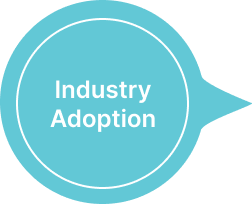
Banking and financial services (70%+)
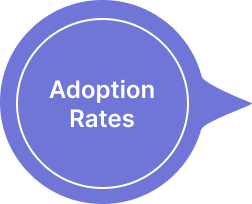
53% (2020)
>70% (Estimated by 2022)
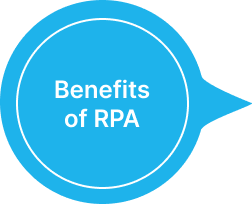
Cost savings (20-60%)
Task processing time reduction (40-50%)
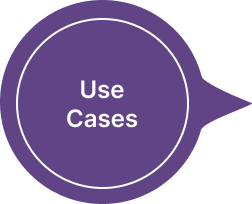
Finance, HR, customer service, supply chain management, etc
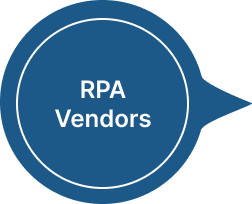
UiPath, Automation Anywhere, Blue Prism
UiPath valued at >$30 billion (2021)
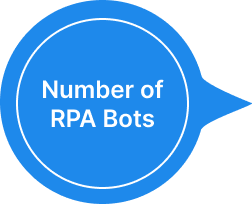
Average of 30 bots (2020)
Expected to increase

Estimated >230 million knowledge workers threatened by RPA (2019)
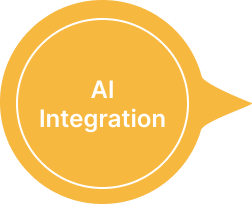
Increasing integration with AI and ML technologies complex automation and decision-making
